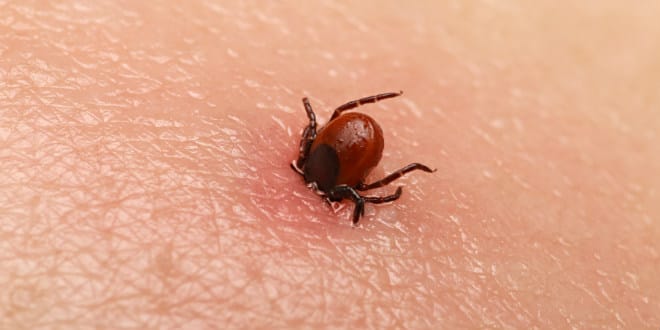
Scrub typhus, a bacterial disease with symptoms including fever, headache, chills, rashes, body aches, and muscle pain is here. The disease starts with a black bite. Read to know all about this mysterious infection.
What is Scrub typhus?
According to reports from the US Centers for Disease Control and Prevention (CDC), this disease is caused due to Orientia tsutsugamushi, a bacteria. This bacterial infection spreads when people get bit by infected chiggers, also called larval mites.
The symptoms of scrub typhus are similar to several other vector-borne. The following symptoms appear about ten days after the insect bite. These most common symptoms of the disease are:
Fever, chills, rashes, headaches, body aches and, muscle soreness. People will also face brain and lung inflammation, respiratory distress, renal failure, and eventually multi-organ failure. Additionally, the site of the chigger mite produces an eschar. Eschar is a scab-like black patch on the skin.
Where’s the disease found?
Over two dozen cases of this infectious disease were recently found in Mathura, India. The disease was first reported as a ‘mysterious fever’ in Koh village of Mathura. Previously it was there in rural areas of Japan, China, Indonesia, and northern Australia.
Is there a cure or treatment for this infection?
As per CDC, no vaccine can prevent the infection. Experts suggested that the risk of contracting the disease is zero if one avoids contact with infected mites. Hence, it is important to avoid places with vegetation and bushes in areas infested with chiggers.
Upon infection, treatment with doxycycline, an antibiotic is a priority. The CDC also advises wearing clothes that cover your arms and legs. If children are to contract it, cover their crib, baby carrier, and stroller with mosquito netting to keep chiggers away. Additionally, treating clothing and other gear with 0.5 percent permethrin helps in killing the vectors that help in the transmission of the bacteria.
